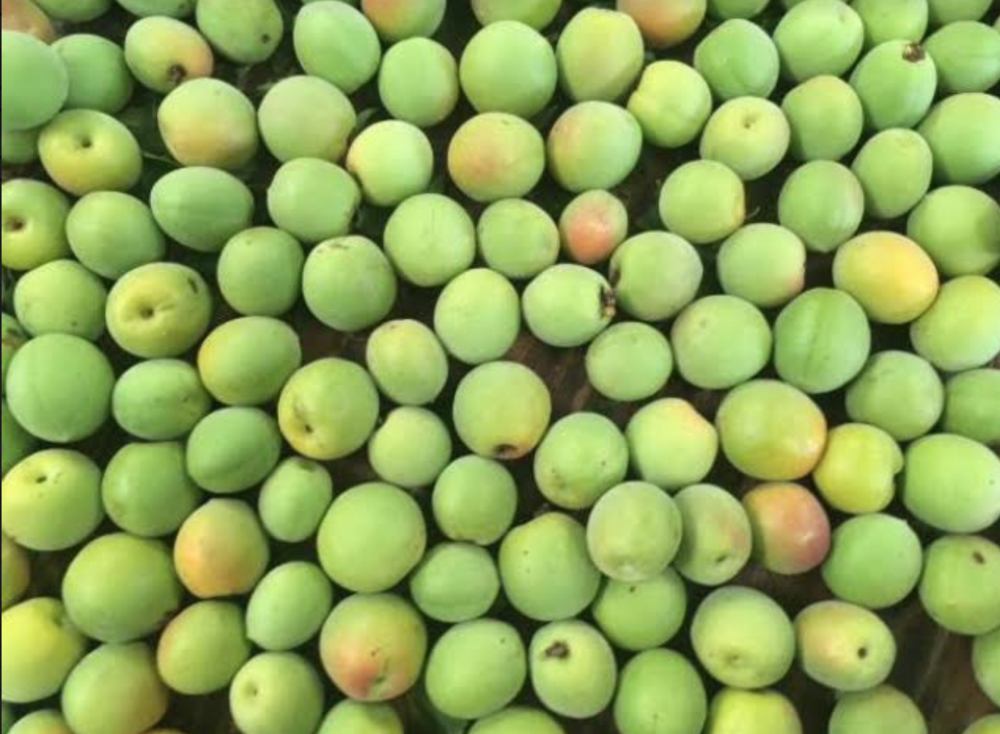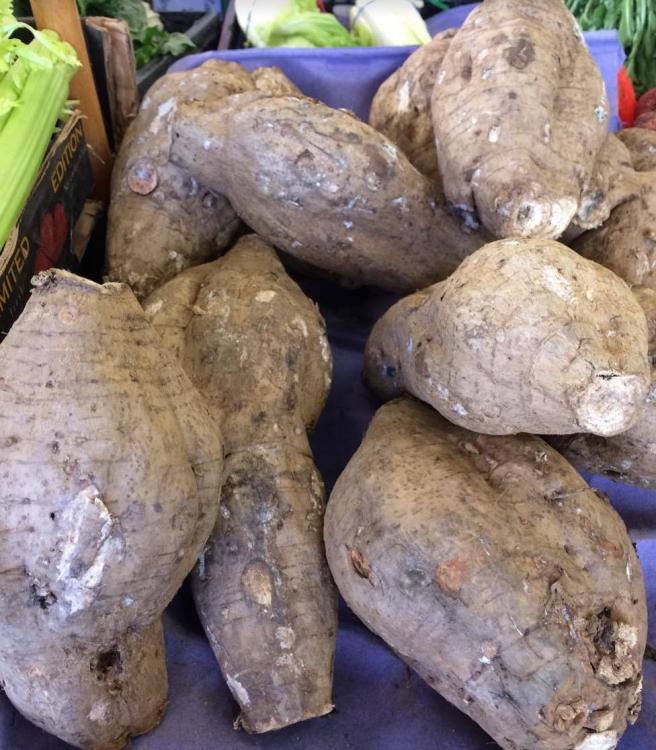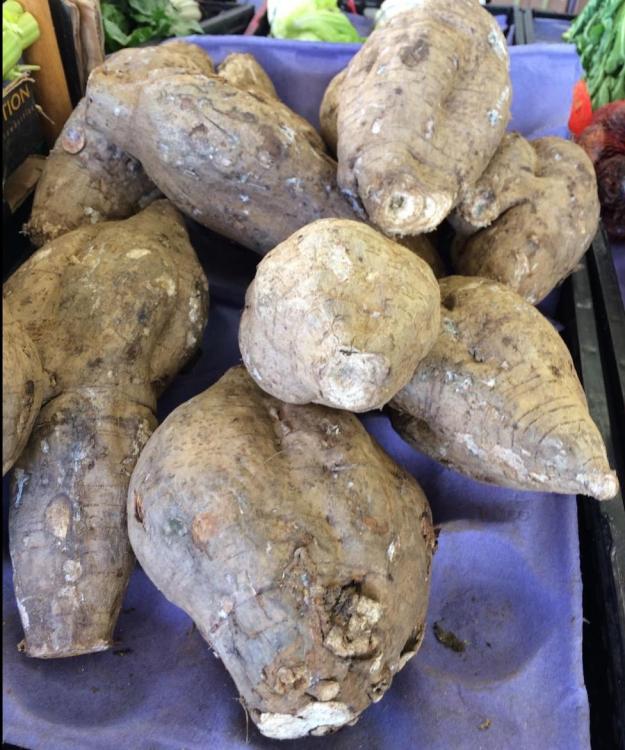-
Posts
580 -
Joined
-
Last visited
Content Type
Profiles
Forums
Store
Help Articles
Everything posted by mudbug
-

Cantonese White Cut Chicken 白切鸡: Poach, Steam or Sauté?
mudbug replied to a topic in China: Cooking & Baking
Did you look at any of the videos I linked to? You can totally do this by steaming (very little water). And I refer to the shauxing wine method to replace the ice water bath which imparts more flavor but does not have as crunchy a skin. -

Cantonese White Cut Chicken 白切鸡: Poach, Steam or Sauté?
mudbug replied to a topic in China: Cooking & Baking
"I have just gone through my collection of Chinese language cookbooks. Not one has a recipe; it is not often cooked in domestic kitchens. Even at those family dinners, it is bought in pre-cooked." That's interesting, since it is really so easy for home cooks to make. -
I know there are multiple ways to achieve the goal of delicious, succulent chicken that is brought to 155˚F for food safety to kill bacteria. And that meat temp will rise after pulling from heat. I love eating White Cut Chicken that is made for special occasions in certain parts of China. Learning about poaching chicken can be life changing for people who don't know about it. Sooo much better than boiling which results in gristly meat. For flavor, salt the skin overnight. Add ginger, scallions, shauxing wine, salt to the cavity before cooking. For poaching all kinds of aromatics can be added to the poaching liquid. I'm not afraid of pink meat since I know food safety is based on temperature, not color, as so many westerners are conditioned to think. I want my meat to melt in my mouth. My main question is: Does anyone have feedback, based on personal experience about the differences between poaching, steaming, or sautéing in terms of skin texture results? I know that you can cool the skin by plunging in ice water bath (restaurant method) or by basing in shauxing wine (alcohol evaporates and cools the skin while imparting flavor) which can also heavily influence skin texture (more crunchy with ice water finish). Seems putting it in a freezer right away to cool the skin would be most effective for crunchy skin, how would this be different than ice water? Ice water would be easier if one does not have freezer space. And there are people who don't have freezers to make ice, hence the shauxing wine method. Before commenting, please note that all three methods are legitimate in their own right. Sautéing would take the most maintenance, but seems it would be the most flavorful. I haven't tried steaming, but it seems to be the most efficient in terms of energy, water, and least amount of maintenance in terms of attention. I don't speak Chinese, so anyone who does, your feedback is appreciated with regard to videos, see the following examples for reference: Poached: Chinese Cooking Demystified: https://www.youtube.com/watch?v=GADCrcagFh0 Master's Dishes·White Sliced Chicken: https://www.youtube.com/watch?v=LwTUIJlTX7k Steamed: KP Kwan's Chinese steamed chicken: https://www.youtube.com/watch?v=VJeuCQb4_9A / https://tasteasianfood.com/chinese-steamed-chicken/ Sautéd: letscookchinesefood [Hong Kong] :https://www.youtube.com/watch?v=5hn8ZXLuEHM Not over-boiled? Doesn't seem poached: "The most authentic white sliced chicken in Guangzhou" Award winning (don't know recipe, pink bone, succulent, looks delish): https://www.youtube.com/watch?v=CkJN9Hy9rsM How to make Hong Kong-Style Poached Chicken: https://www.youtube.com/watch?v=otFJqZXsu_M
-
I would say "challenging", but also not reason enough to end a great discussion. People go through phases, society and culture change, individuals come and go, and sometimes come back again (if they haven't passed away). But the discussion about food can, and should — last over lifetimes. *wink*
-
Lizuhou, "Shortening" is a "type" of fat. However a dictionary definition does not represent common use in an entire country's culture, or their relationship with it. Shortening in the United States is known as a synthetic substance, not nature made. And science has proven it is extremely unhealthy for the human body. https://slate.com/human-interest/2009/06/lard-after-decades-of-trying-its-moment-is-finally-here.html
-
Glad you enjoyed it as much as I did. If you try it Margaret, do post back to let us know how it went!
-
Yes, I do. But these can be ongoing conversations... ; )
-
Checking in. How is this going?
-
Shortening is highly processed and bad for your health. Real fat from certified organic animals, or processed from plants with care would be idea.
-
Definitely not the same thing. Aji Amarillo Paste is made of Yellow Peppers and would taste more fruity https://www.amazon.com/Incas-Food-Aji-Amarillo-Paste/dp/B003G52K5E Ingredients: Yellow Peppers, Salt, Citric Acid, Sodium Benzoate http://www.yollieorientalonline.com/lan-chi-chili-paste-with-garlic-8-oz/ Ingredients: Red Chili, Salt, Soybean Oil, Garlic
-
What an amazing story stellarWOK.
-
Can't seem to find it in the Bay Area, but definitely worth mail ordering even though it would cost more. It's one of my all time favorites. And I prefer it straight, on mashed potatoes which is the perfect canvas for Lan Chi's Garlic Chili Paste. I've never found anything else like it that comes close to it in flavor.
-
Lan Chi brand "Garlic Chili Paste" is my all time favorite too. Re: your comment on the line about Chinese Gastronomy. Yes, A trained/experienced palate is able to taste ingredients for what they are without seasoning. Seasoning should only enhance, not take away from enjoying fresh, high quality ingredients that speak for themselves. Maybe that's the problem these days. Sauces can hide lesser quality, poorly cooked ingredients.
-
carswell, Lan Chi, Chili Paste with Garlic is phenomenal on mashed potatoes. Use it to taste and you almost can go without the gravy.
-
Agreed. So hard to find. So delectable.
-
Hi all, I've found my way back to this thread and decided that I've found I prefer the aura/essense of lotus leaves over banana or bamboo leaves. I'm thinking I may take a big pot of water and boil the fragile lotus leaves in it, and then reserve the lotus leaf infused water to use to simmer joong wrapped in bamboo or banana leaves which are more durable.
-
Ageing of rice: A review https://doi.org/10.1016/j.jcs.2018.04.009 1. Introduction 2. Advantages of rice ageing 3. Types of ageing of rice 4. Different methods of artificial ageing 5. Changes in chemical properties of rice during ageing 6. Effect of ageing on rice properties 7. Ageing induced proteomic and genetic changes in rice seed 8. Monitoring of ageing process of rice 9. Limitations of rice ageing 10. Conclusion References https://www.sciencedirect.com/science/article/pii/S0733521018301942
-
"Aged Basmati -or- aged zhanmi (两年粘米). So right, just in case you happen to be in China or something, the specific variety of rice used is aged zhanmi from Zengcheng, which’s right outside of Guangzhou. Zhanmi has it’s own fascinating history (it’s derived from Champa rice)" Recipe: Cheung Fun, Rice Noodle Rolls from scratch using rice (布拉肠粉) https://www.reddit.com/r/Cooking/comments/albz9s/recipe_cheung_fun_rice_noodle_rolls_from_scratch/
-
Still harvesting annually if you are looking. Let me know what your location is and how many pounds you are interested in if you make an inquiry.
-
I can steer you to a source in the Bay Area where you can get as many as you like. They're fresh and in season now. Please message me with your contact info and I'll be happy hook you up: (violet.z6 at gmail fill in the rest.) This offer goes out to anyone looking to purchase fresh Ume Plums in the Bay Area. Or anyone who needs supply for their store, etc. no matter where you might be.
- 1 reply
-
- 1
-

-

Land of Fish and Rice by Fuchsia Dunlop - A preview
mudbug replied to a topic in China: Cooking & Baking
Thank you for sharing this! -
Yes. It is Pueraria. However the variety or cultivar is unknown.
-
Thank you all for your guesses. Kudzu has been confirmed via other people.
-
What is this root vegetable in the Asian markets please? Vietnamese use it for a dessert, Chinese use it for soup. It is not cassava or taro. Any insight into phonetic pronunciation, scientific name, cultivars, use, recipes, medicinal properties, etc would be appreciated.
-
Described as pancakes, crepe like with a some spicy seasoning in the middle... thoughts? Also in China.






